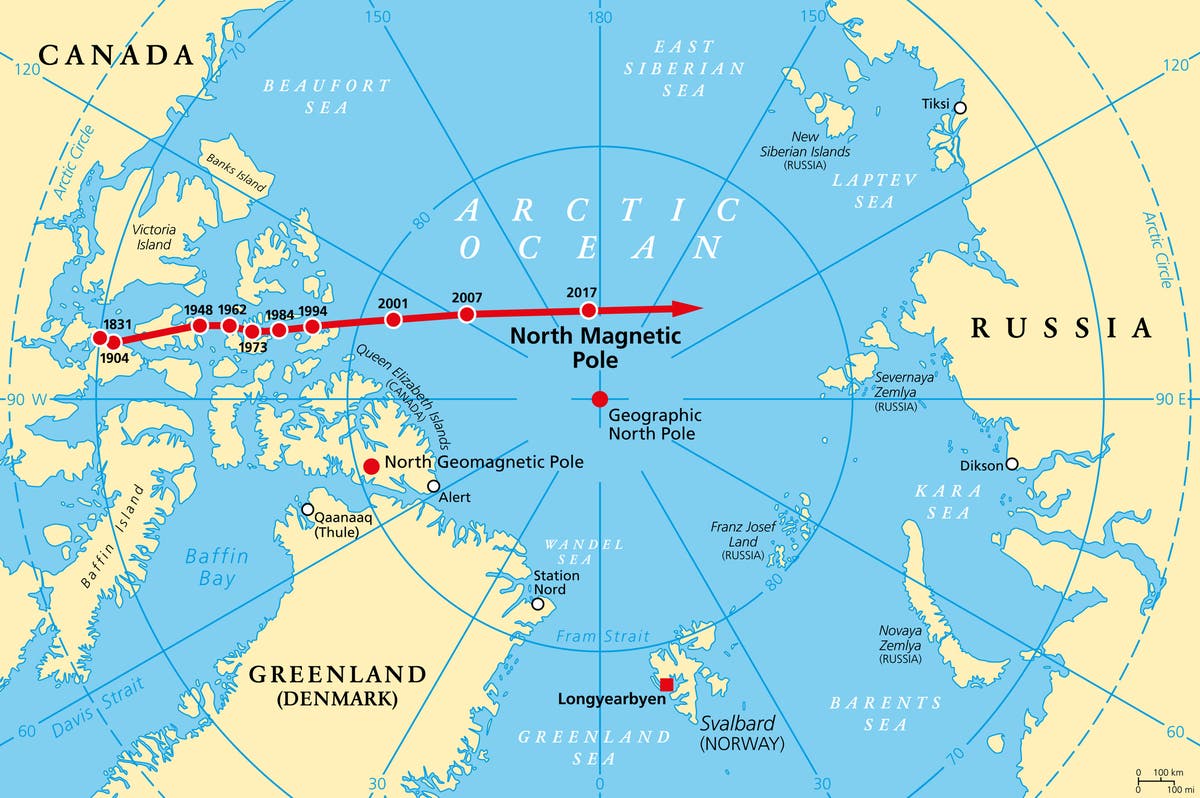Fed Chief Signals Rate Cuts Ahead: "Time for Policy Adjustment"

Federal Reserve Chair Jerome Powell indicated on Friday that interest rate cuts are on the horizon, though he refrained from providing specific details on the timing or magnitude of the reductions.
Delivering his highly anticipated keynote address at the Fed's annual Jackson Hole symposium in Wyoming, Powell declared, "The time has come for policy to adjust." He added that "the direction of travel is clear," with the pace and extent of rate cuts contingent upon incoming economic data, the evolving outlook, and the assessment of risks.
Powell's remarks come as markets eagerly await guidance on the future direction of monetary policy. The Fed Chair acknowledged the aggressive series of 13 interest rate hikes implemented between March 2022 and July 2023 in response to the surge in inflation. He also highlighted the progress made in curbing inflation, stating that the central bank can now shift its focus towards maintaining full employment, the other half of its dual mandate.
"Inflation has declined significantly," Powell noted. "The labour market is no longer overheating, and conditions are now less tight than those that prevailed before the pandemic." He added that supply constraints have normalised and the balance of risks to both mandates has changed.
Powell reiterated the Fed's commitment to ensuring a robust labour market and continued progress in controlling inflation, assuring the public that "we will do everything we can" to achieve these goals.
Markets responded positively to Powell's speech, with stocks extending their gains and Treasury yields dropping sharply. Economist Paul McCulley, former Pimco managing director, interpreted the speech as a signal that the Fed is transitioning from its inflation-fighting stance. "This was a valedictory of essentially Chair Powell turning the page, saying the mission, which has been focused on inflation for the last two years, has been successful," McCulley said on CNBC's "Squawk on the Street."
Progress Towards Goals
Powell's speech comes at a time when inflation has been steadily trending towards the Fed's 2% target, albeit not yet reaching it. The Fed's preferred inflation gauge, the Personal Consumption Expenditures (PCE) price index, recently registered at 2.5%, down from 3.2% a year ago and well below the peak of over 7% reached in June 2022.
Concurrently, the unemployment rate has gradually climbed, hitting 4.3% recently. This level typically triggers a recessionary indicator, but Powell attributed the rise to increased labour force participation and a slower hiring pace rather than job losses or a wider deterioration in the labour market.
"Our objective has been to restore price stability while maintaining a strong labour market, avoiding the sharp increases in unemployment that characterised earlier disinflationary episodes when inflation expectations were less well anchored," Powell said. He added, "While the task is not complete, we have made a good deal of progress toward that outcome."
Markets are anticipating the Fed to initiate rate cuts in September, although Powell did not mention a specific timeline for policy easing. Minutes from the July Federal Open Market Committee (FOMC) meeting, released on Wednesday, revealed that a "vast majority" of officials believe a September cut would be appropriate, provided there are no unexpected economic developments.
Reflecting on the Inflation Journey
Beyond assessing the current economic landscape, Powell dedicated a significant portion of his speech to examining the factors that contributed to the surge in inflation, reaching its highest level in over 40 years, as well as the Fed's policy response and the reasons behind the easing of price pressures without triggering a recession.
He recalled the initial characterisation of inflation as "transitory" in early 2021, a view shared by many Wall Street economists and advanced economy central bankers. "The good ship Transitory was a crowded one," Powell joked to laughter from the audience, "with most mainstream analysts and advanced-economy central bankers on board. I think I see some former shipmates out there today."
As inflation broadened beyond goods to services, the Fed adjusted its stance and embarked on an aggressive rate hike cycle, ultimately raising its benchmark overnight rate by 5.25 percentage points from near zero levels following emergency cuts during the early pandemic period.
Powell attributed the inflation surge to a confluence of factors, including "rapid increases in the demand for goods, strained supply chains, tight labour markets, and sharp hikes in commodity prices." He also highlighted the global nature of the phenomenon.
Powell attributed the avoidance of a sharp downturn during the rate hike cycle to the public's confidence in the Fed and well-anchored expectations that inflation would eventually moderate.
"The FOMC did not flinch from carrying out our responsibilities, and our actions forcefully demonstrated our commitment to restoring price stability," he said. "An important takeaway from recent experience is that anchored inflation expectations, reinforced by vigorous central bank actions, can facilitate disinflation without the need for slack."
Acknowledging the valuable lessons learned from the experience, Powell concluded his speech by stating, "That is my assessment of events. Your mileage may differ."





